A reader picks up a book with the same anticipation as opening a wrapped gift. The cover’s weight, the pages’ texture, and, most importantly, the first few words all whisper promises. Will this story thrill, teach, or console? The opening of a book carries a staggering burden—it must convince the reader that this is the world they want to inhabit, these are the characters they’ll grow to love or loathe, and this is the journey worth embarking on. As an author, you stand at the precipice of infinite possibilities, with a single task before you: to make them turn the page.
The truth about openings is not shrouded in mystery. The principles are clear, almost deceptively simple, yet endlessly nuanced in execution. What makes an opening captivating is its ability to evoke curiosity, create an emotional connection, and establish trust between author and reader. Authors often agonize over this, but crafting a compelling beginning doesn’t have to feel like pulling teeth.
Begin with a Promise
 The opening of Moby-Dick begins with three simple words: “Call me Ishmael.” That single sentence accomplishes two critical feats. First, it establishes the narrator’s voice—direct, unpretentious, and slightly enigmatic. Second, it invites the reader into an unspoken contract: this is not just a story about a whale but about identity, obsession, and humanity. This is the essence of a great opening: a promise of something deeper than what initially meets the eye.
The opening of Moby-Dick begins with three simple words: “Call me Ishmael.” That single sentence accomplishes two critical feats. First, it establishes the narrator’s voice—direct, unpretentious, and slightly enigmatic. Second, it invites the reader into an unspoken contract: this is not just a story about a whale but about identity, obsession, and humanity. This is the essence of a great opening: a promise of something deeper than what initially meets the eye.
Authors should ask themselves, “What promise am I making to the reader?” It doesn’t need to be explicit. The most intriguing promises are subtle—delivered with a whisper, not a shout. Take the opening of George Orwell’s 1984: “It was a bright cold day in April, and the clocks were striking thirteen.” The dissonance of clocks striking thirteen introduces a world where the familiar is warped, drawing readers into its unsettling strangeness.
Start with Action—But Be Strategic
Many writing guides will tell you to “start with action.” While this advice holds merit, it’s often misunderstood. Action does not necessarily mean explosions or car chases. It can be as small as a character’s hurried footsteps echoing down a dimly lit corridor or as intimate as a mother braiding her child’s hair while silently weeping. The goal of action is not to shock but to immerse.
Consider the opening of The Hunger Games by Suzanne Collins. Katniss Everdeen awakens to a grim yet tender scene of her family’s daily struggle for survival. The opening isn’t loud—it’s rooted in her world’s small, tactile details: her sister’s curled-up form and the rough texture of her hunting boots. Yet these details immediately convey the stakes of Katniss’s life, her resilience, and the dystopian world she inhabits.
Action, when used effectively, should propel the reader into the story’s world without overwhelming them with exposition. This leads to the next principle: balance.
Avoid the Exposition Trap
One of the greatest pitfalls of an opening is drowning the reader in backstory. The temptation to explain why everything is happening often robs the story of its natural rhythm. Readers don’t need to know the protagonist’s childhood traumas or the intricacies of a fictional economy on page one. What they need is enough information to feel oriented—a breadcrumb trail, not a full-course meal.
J.K. Rowling’s Harry Potter and the Philosopher’s Stone masterfully introduces readers to the Dursleys’ ordinary, slightly absurd world before pulling the curtain back on the magical. The reader is intrigued by the mundane—the “perfectly normal” lives of the Dursleys—before a stray cat reading a map raises questions about the extraordinary.
Subtlety is your ally. Trust readers to piece together clues as the story unfolds. This creates a sense of discovery—far more engaging than being handed all the answers upfront.
Anchor the Reader Emotionally
Beyond curiosity and intrigue, the opening must also establish an emotional connection. Readers invest in stories when they care about the characters or the stakes. Often, this is achieved through vulnerability. A character’s fear, joy, or longing resonates universally because it reflects our shared humanity.
Take the opening of To Kill a Mockingbird: Scout Finch recalls her brother’s broken arm, weaving childhood innocence with a hint of foreboding. The tone is warm yet laced with tension, pulling readers into a deeply personal narrative while foreshadowing the profound societal conflicts that will unfold.
When crafting your opening, consider: What emotion do you want to evoke in your reader? Whether it’s laughter, sadness, or unease, ensure your first page is an emotional anchor.
Experiment Until It Feels Right
Perhaps the most reassuring truth about openings is that they don’t have to emerge fully formed. Many authors rewrite their first lines dozens, even hundreds of times. Neil Gaiman once said, “The process of writing is that of discovering what story you are telling as you tell it.” Your first draft opening may only serve as a guidepost that evolves as your story takes shape.
The key is to remain open to experimentation. Try starting in the middle of the action. Begin with a line of dialogue. Frame the opening around an arresting visual. Play with structure until you find the version that sings.
Closing Thoughts
The book’s first page is a portal that beckons readers to step through and explore an unfamiliar world. By starting with a promise, weaving subtle intrigue, and anchoring the narrative in emotion, authors can craft an opening that lingers in readers’ minds long after the book is closed.
Remember, writing isn’t about perfection. It’s about connection. And that connection begins with a single, compelling line.
How to Publish Your Book, On Your Own, Without A Publisher https://youtu.be/SkQy25JCgyc
We Don’t Want to Write the Laws; We Want to Publish the Books
Publication Consultants: The Synonym for Book Publishing—https://publicationconsultants.com



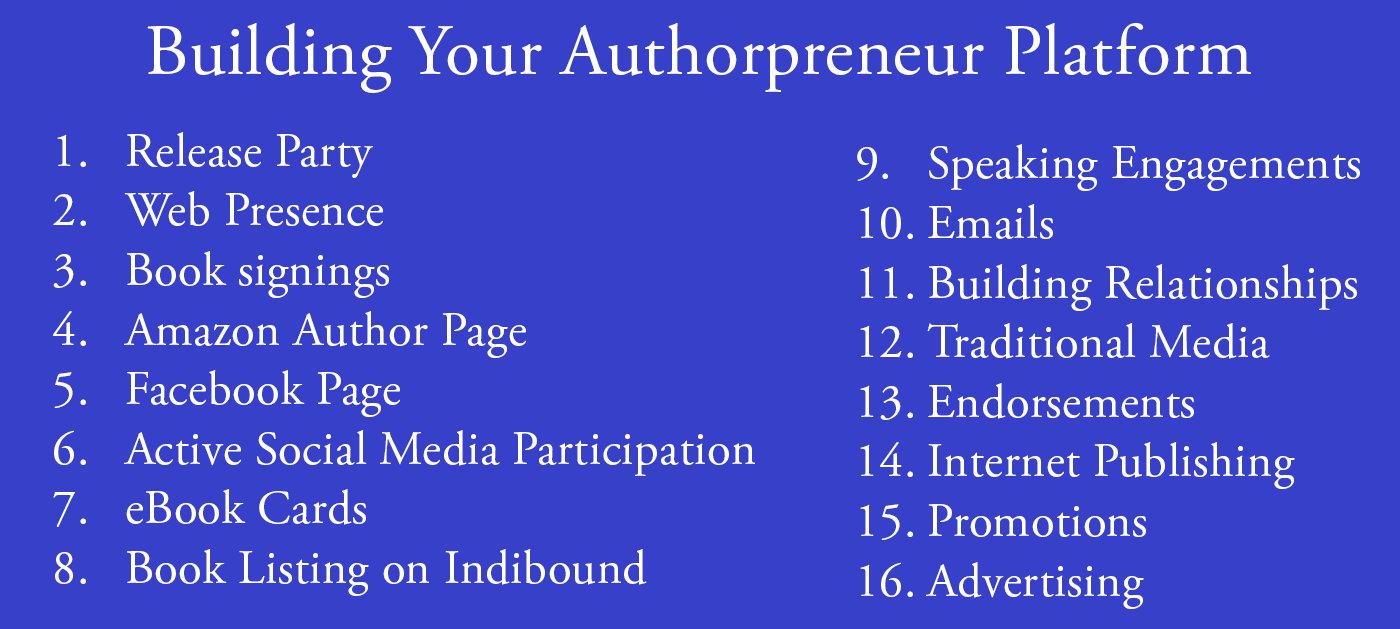
 This is Publication Consultants’ motivation for constantly striving to assist authors sell and market their books. Author Campaign Method (ACM) of sales and marketing is Publication Consultants’ plan to accomplish this so that our authors’ books have a reasonable opportunity for success. We know the difference between motion and direction. ACM is direction! ACM is the process for authorpreneurs who are serious about bringing their books to market. ACM is a boon for them.
This is Publication Consultants’ motivation for constantly striving to assist authors sell and market their books. Author Campaign Method (ACM) of sales and marketing is Publication Consultants’ plan to accomplish this so that our authors’ books have a reasonable opportunity for success. We know the difference between motion and direction. ACM is direction! ACM is the process for authorpreneurs who are serious about bringing their books to market. ACM is a boon for them. Release Party
Release Party Web Presence
Web Presence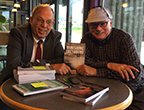 Book Signings
Book Signings Facebook Profile and Facebook Page
Facebook Profile and Facebook Page Active Social Media Participation
Active Social Media Participation Ebook Cards
Ebook Cards The Great Alaska Book Fair: October 8, 2016
The Great Alaska Book Fair: October 8, 2016


 Costco Book Signings
Costco Book Signings eBook Cards
eBook Cards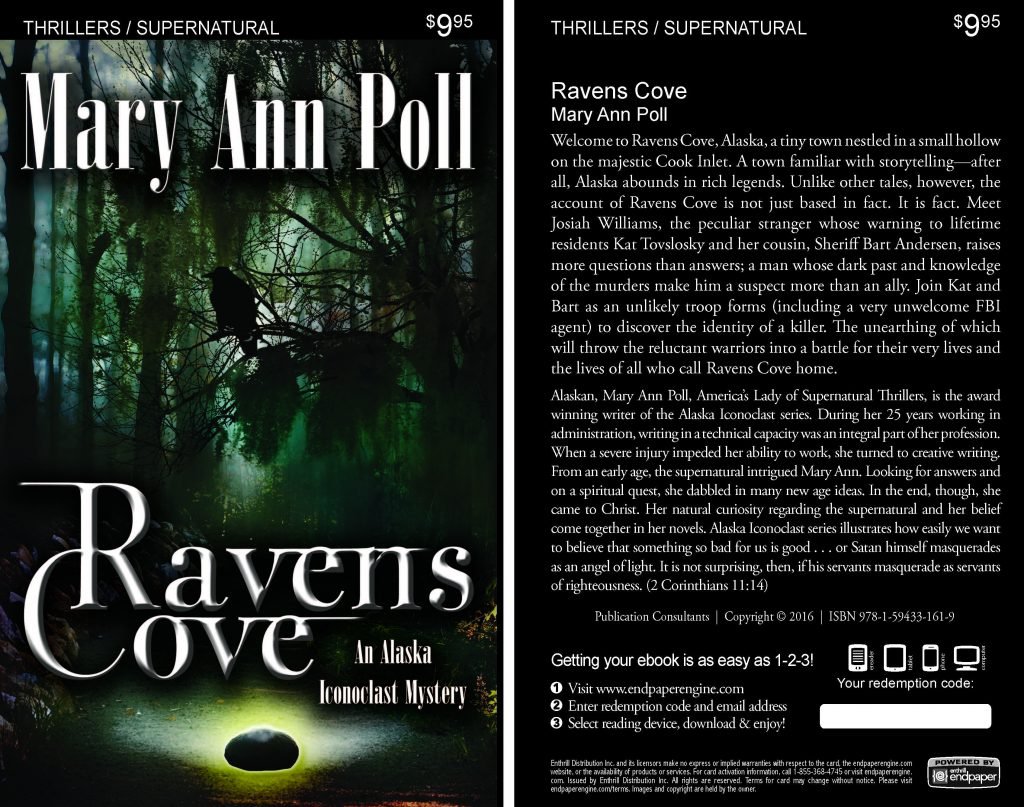

 Benjamin Franklin Award
Benjamin Franklin Award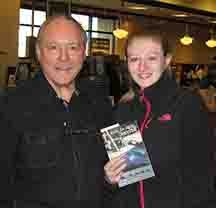 Jim Misko Book Signing at Barnes and Noble
Jim Misko Book Signing at Barnes and Noble
 Cortex is for serious authors and will probably not be of interest to hobbyists. We recorded our Cortex training and information meeting. If you’re a serious author, and did not attend the meeting, and would like to review the training information, kindly let us know. Authors are required to have a Facebook author page to use Cortex.
Cortex is for serious authors and will probably not be of interest to hobbyists. We recorded our Cortex training and information meeting. If you’re a serious author, and did not attend the meeting, and would like to review the training information, kindly let us know. Authors are required to have a Facebook author page to use Cortex. Correction:
Correction: This is Publication Consultants’ motivation for constantly striving to assist authors sell and market their books. ACM is Publication Consultants’ plan to accomplish this so that our authors’ books have a reasonable opportunity for success. We know the difference between motion and direction. ACM is direction! ACM is the process for authors who are serious about bringing their books to market. ACM is a boon for serious authors, but a burden for hobbyist. We don’t recommend ACM for hobbyists.
This is Publication Consultants’ motivation for constantly striving to assist authors sell and market their books. ACM is Publication Consultants’ plan to accomplish this so that our authors’ books have a reasonable opportunity for success. We know the difference between motion and direction. ACM is direction! ACM is the process for authors who are serious about bringing their books to market. ACM is a boon for serious authors, but a burden for hobbyist. We don’t recommend ACM for hobbyists.

 We’re the only publisher we know of that provides authors with book signing opportunities. Book signing are appropriate for hobbyist and essential for serious authors. To schedule a book signing kindly go to our website, <
We’re the only publisher we know of that provides authors with book signing opportunities. Book signing are appropriate for hobbyist and essential for serious authors. To schedule a book signing kindly go to our website, < We hear authors complain about all the personal stuff on Facebook. Most of these complaints are because the author doesn’t understand the difference difference between a Facebook profile and a Facebook page. Simply put, a profile is for personal things for friends and family; a page is for business. If your book is just a hobby, then it’s fine to have only a Facebook profile and make your posts for friends and family; however, if you’re serious about your writing, and it’s a business with you, or you want it to be business, then you need a Facebook page as an author. It’s simple to tell if it’s a page or a profile. A profile shows how many friends and a page shows how many likes. Here’s a link <> to a straight forward description on how to set up your author Facebook page.
We hear authors complain about all the personal stuff on Facebook. Most of these complaints are because the author doesn’t understand the difference difference between a Facebook profile and a Facebook page. Simply put, a profile is for personal things for friends and family; a page is for business. If your book is just a hobby, then it’s fine to have only a Facebook profile and make your posts for friends and family; however, if you’re serious about your writing, and it’s a business with you, or you want it to be business, then you need a Facebook page as an author. It’s simple to tell if it’s a page or a profile. A profile shows how many friends and a page shows how many likes. Here’s a link <> to a straight forward description on how to set up your author Facebook page.



 Mosquito Books has a new location in the Anchorage international airport and is available for signings with 21 days notice. Jim Misko had a signing there yesterday. His signing report included these words, “Had the best day ever at the airport . . ..”
Mosquito Books has a new location in the Anchorage international airport and is available for signings with 21 days notice. Jim Misko had a signing there yesterday. His signing report included these words, “Had the best day ever at the airport . . ..”


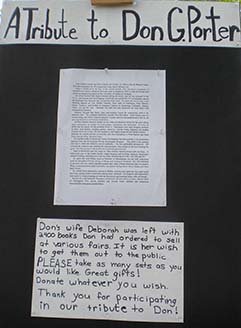
 The Lyin Kings: The Wannabe World Leaders
The Lyin Kings: The Wannabe World Leaders
 Time and Tide
Time and Tide


 ReadAlaska 2014
ReadAlaska 2014 Readerlink and Book Signings
Readerlink and Book Signings
 2014 Independent Publisher Book Awards Results
2014 Independent Publisher Book Awards Results

 Bonnye Matthews Radio Interview
Bonnye Matthews Radio Interview
 Rick Mystrom Radio Interview
Rick Mystrom Radio Interview When he published those overseas blogs as the book The Innocents Abroad, it would become a hit. But you couldn’t find it in bookstores.
When he published those overseas blogs as the book The Innocents Abroad, it would become a hit. But you couldn’t find it in bookstores.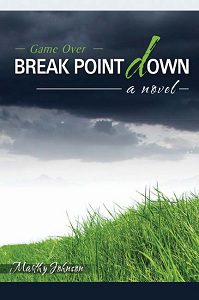 More NetGalley
More NetGalley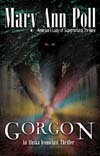 Mary Ann Poll
Mary Ann Poll
 Bumppo
Bumppo
 Computer Spell Checkers
Computer Spell Checkers Seven Things I Learned From a Foreign Email
Seven Things I Learned From a Foreign Email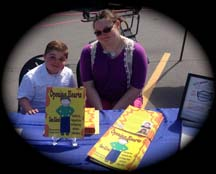 2014 Spirit of Youth Awards
2014 Spirit of Youth Awards Book Signings
Book Signings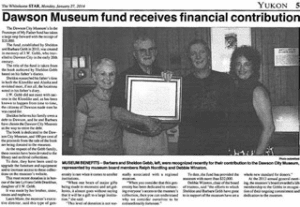

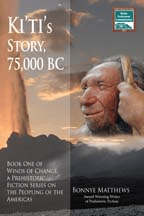
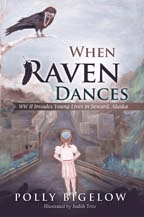 Blog Talk Radio
Blog Talk Radio Publication Consultants Blog
Publication Consultants Blog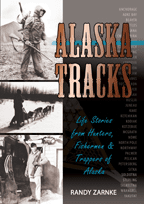 Book Signings
Book Signings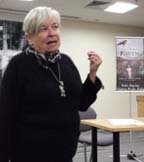

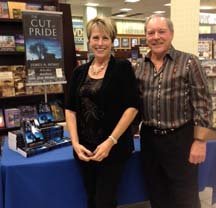

 Don and Lanna Langdok
Don and Lanna Langdok Ron Walden
Ron Walden Book Signings Are Fun
Book Signings Are Fun Release Party Video
Release Party Video
 Erin’s book,
Erin’s book,  Heather’s book,
Heather’s book,  New Books
New Books